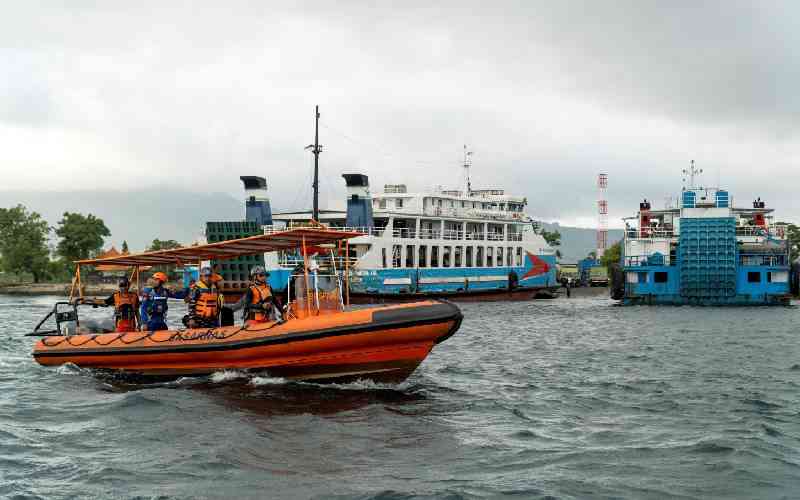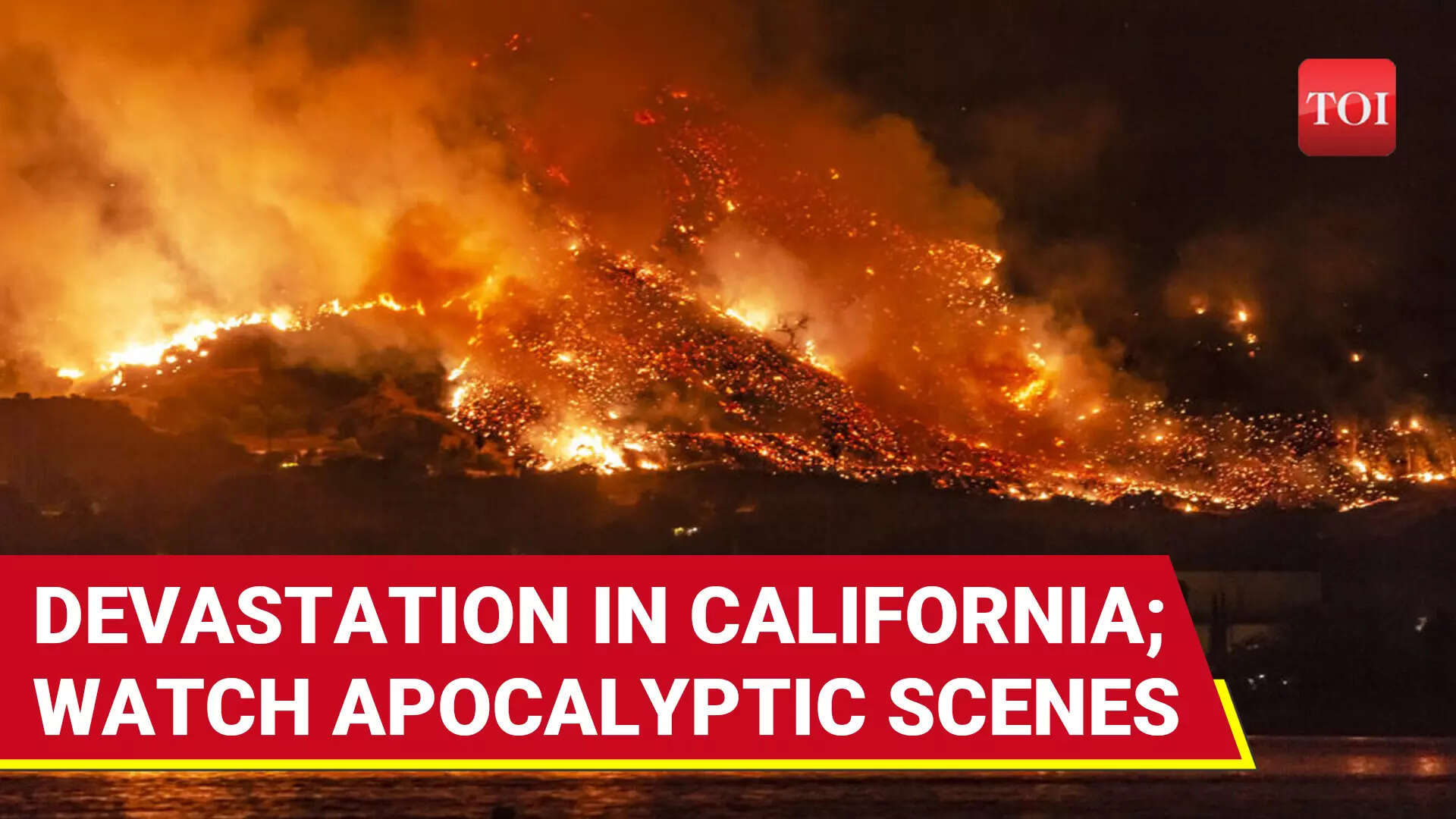Hurricane Flossie lingers off southwest Pacific coast as new 'life threatening' warning issued - NewsBreak
Hurricane Flossie weakened to a tropical storm Thursday off Mexico’s southwestern Pacific coast with maximum sustained winds of 60 mph (95 kph), the U.S. National Hurricane Center said.
It’s expected to remain offshore and dissipate Thursday, but swells, “life-threatening” surf and rip currents were expected in southwestern Mexico and the Baja California peninsula in the coming days.
The Miami-based center said Flossie was about 205 miles (330 kilometers) south-southwest of Cabo San Lucas and was moving northwest off the Mexican coast at 9 mph (15 kph). It was expected to skirt the coast for a few days while dropping rain on several Mexican states.
READ MORE:July 4 weather hell as 12 states to be hit by brutal tropical storms
READ MORE:Terrifying heatwave symptom leaves people confused and minutes from collapse
Flossie became a powerful Category 3 hurricane late on Tuesday, but gradually weakened throughout Wednesday.
It comes as Fourth of July Weekend plans on the Southeast coast could take a potential backseat after weather experts are predicting a potential storm in the region or at least heavy rainfall in the area across seven states.
According to an AccuWeather map, Florida, Missouri, Alabama, Georgia, North Carolina, South Carolina, Virginia, West Virginia, Kentucky, Tennessee, and parts of Arkansas and Louisiana will be affected by gusty storms and locally heavy rains over the weekend which can disrupt outdoor plans amid possible tropical development near the coast.
While the storm named Andrea did not last in the Atlantic basin for 24 hours earlier this week, the new tropical development supposed to take the holiday weekend by a storm is called Barry.
"Soon after the heat peaks over the interior Southeast, the pattern will transition into one that favors an increase in showers and thunderstorms into early July," said Alex Sosnowski, a senior meteorologist at AccuWeather.
Thunderstorms will prevail over next week with portions of the Florida Peninsula getting rain over the next several days, as per the U.S. Drought Monitor.
Sosnowski explained that a lingering "summertime dip in the jet stream" near the Gulf or southwestern Atlantic often leads to "gradual tropical development."
The area is quite used to early-season tropical activity in any season.
Alex DaSilva, the lead hurricane forecaster at AccuWeather, said that the Gulf and the Atlantic near the Southeast coast are prone to such tropical formations in early July.
"A cold front will dive off the coast late next week and it may act as a catalyst for development either in the eastern Gulf or off the Southeast coast," DaSilva added.











